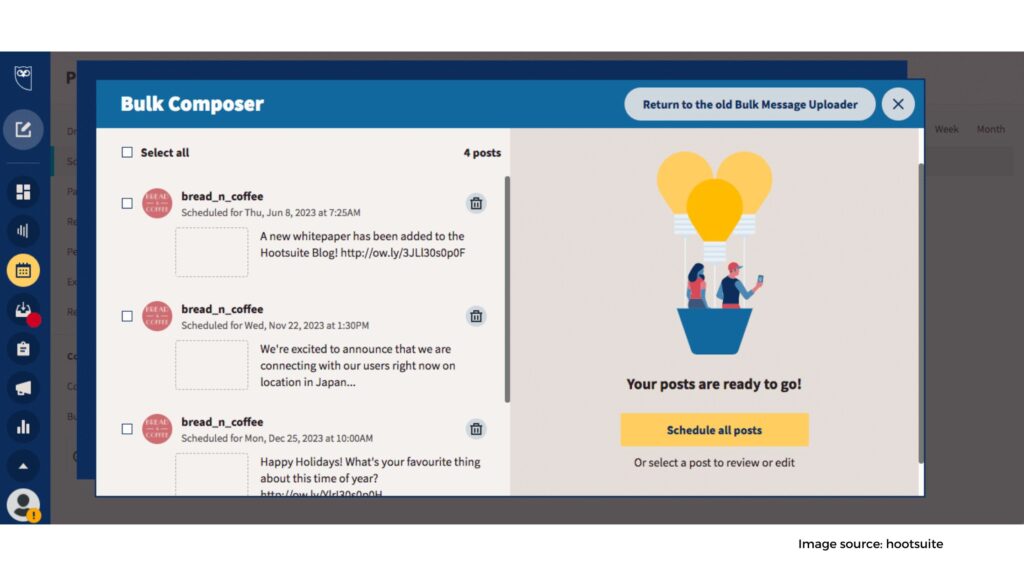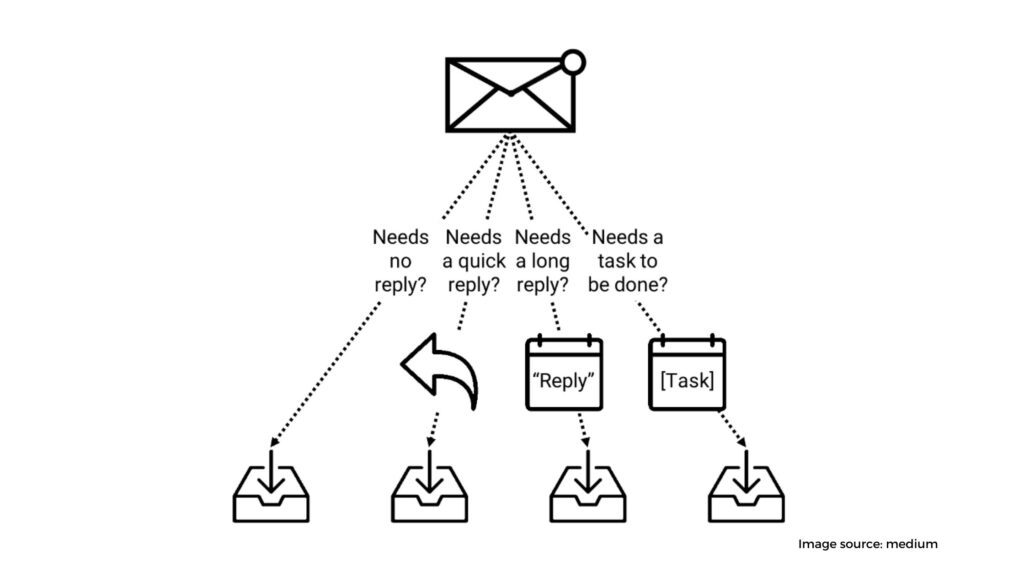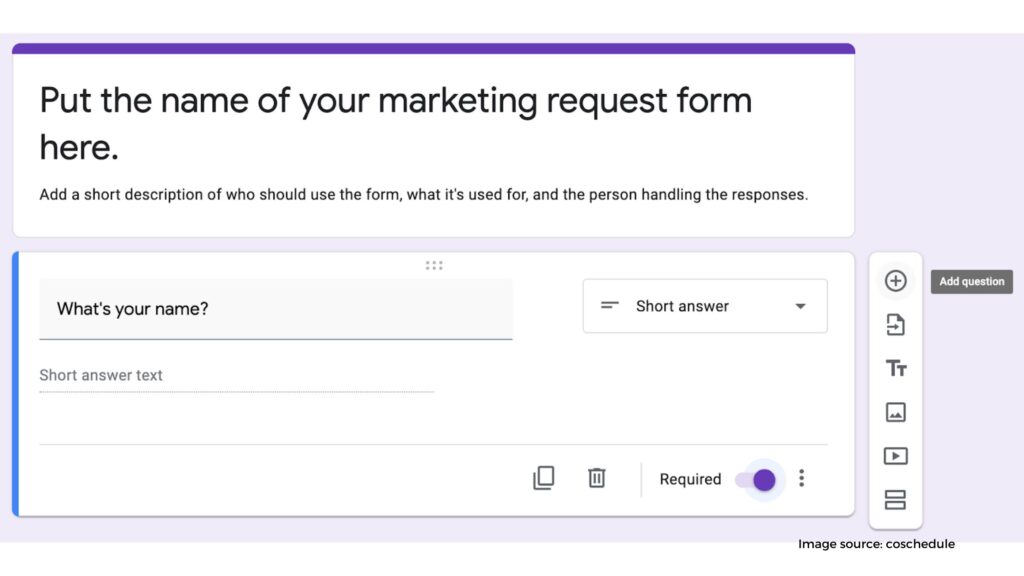It’s not simple to administer social media accounts for a business – and one of the most difficult tasks is keeping track of your social media postings. You need to be sure that you are regularly posting fresh and engaging content, without overwhelming your followers with too many posts at once.
Being a small business may sometimes feel like you’re spread too thin – but that doesn’t mean you can’t take advantage of social media to help grow your business.
So, how do you make the most of social media while staying organized? Here are 10 tips:
Social Media Organization Tips
1. Keep an up to date content calendar

A social media calendar is an essential tool for small businesses hoping to make the most of their social media accounts.
One of the best ways to stay organized with social media is to keep a content calendar. This will help you plan out your postings in advance, and make sure that you are regularly posting fresh content. Without a calendar, it can be difficult to keep track of all your social media accounts and you may end up posting duplicate or irrelevant content.
Keeping track of everything on social media is time-consuming, so using a content calendar to do so might help you save time.
2. Schedule social posts ahead of time and in bulk

When you’re working a 9-to-5 job, it’s difficult to schedule everything for the week ahead of time. But that doesn’t have to be the case. By using an online scheduler, you can easily plan for your future on weekends and weeknights by saving your posts in advance!
This way, you don’t have to worry about forgetting to post or being too busy to get on social media during the day. You can simply pop in, schedule your posts, and be on your way.
3. Use a to-do list app
Without their to-do lists, social media managers wouldn’t have a clue what to do. What’s the greatest to-do list software on the market?
There are numerous applications to choose from: Todoist, TickTick, and Any.do to name a few. To narrow down your choices, keep the following features in mind:
- Syncing option between devices
- Categories
- Recurring due dates and reminders
- Task sharing and delegation
- Priority levels
- Calendar feeds
4. Know where to find topics
What’s popular right now? What’s getting a lot of attention on Twitter? What are people talking about today?
These are all considerations that social media executives should be weighing on a daily basis, not just when they come to work in the morning. By monitoring evolving trends, social media managers may newsjack effectively, resulting in large traffic increases for your website.
What’s the secret to keeping track of it all when everything is changing so fast? First, sign up for an RSS reader like Feedly and subscribe to news sources and blogs that cover industry issues and trends.
5. Maintain an “Inbox Zero” mentality

Inbox Zero is a term for an email management strategy where you keep your inbox clear of unread messages.
The same concept can be applied to your social media accounts. By keeping your notifications and inbox organized, you can focus on the task at hand rather than trying to wade through a cluttered feed or notification list.
For most people, long hours of email shutdown are required to obtain high productivity. Social media managers who must stay attentive to new demands cannot shut out of social media for lengthy periods of time. It may be easy to overlook critical emails below the fold, so highlight (or flag) the ones you want to recall later and set alert notifications for your most important senders.
It is best to develop the habit of working on specific batches of tasks, with time scheduled in advance for checking and responding to notifications.
6. Have a defined “Social Content” folder in your email
As a social media manager, one of your responsibilities is to collect all of your company’s material, sort it, and distill it down into little social bites that your audience can easily consume.
With so much new information and promotion requests, how can you be sure you don’t overlook or forget anything crucial?
By having a designated folder in your email for social media content, you can easily keep track of all the latest blog posts, images, videos, and campaigns. This way, you’ll never have to worry about forgetting to promote something or sending out old material.
Establish a schedule for going through it when you need new material ideas and getting rid of old stuff after a certain amount of time has passed.
7. Create a form for social promotion requests

To minimize the number of social media promotion requests you get via email and instant messaging, field these requests through a form.
Rather of cluttering your inbox and instant messaging with requests, you may create a new folder for them. This way, you can free up space on your email and IM accounts by establishing a new folder for them.
If you’re concerned about time-sensitive requests, you might include a remark with instructions on how to get in touch with you or your team.
8. Use Canva to make batches of similar images
is a simple (and free) graphic design platform that social media managers may use to make social media templates.
Maintaining a uniform appearance on social media is critical. You may make templates with Canva, have them approved by your branding team if necessary, and utilize them whenever you post on social media.
You may organize your material any which way you like, as long as it’s legible. You have a lot of flexibility when organizing your content; you’re not limited to one category or platform or visual design. For example, if you’re blogging on Medium and want to make a separate folder for each article category (for instance, “How-
Showers would use Canva to create images in bulk for HubSpot’s campaigns on social.
“I want to test at least five creatives on Twitter anytime we do a campaign to promote an ebook, webinar, or other important piece of content,” she continued.
She may only need to create one graphic on Canva and then duplicate it with the “copy” tool (below) to make many variations while keeping the basic design elements.
9. Organize your windows and tabs in a specific order every day
When you’re juggling your email, calendar, social media feeds, post requests, links, and so on and so forth, it’s easy to forget which tab is where.
While it’s not necessary to have a specific order each day, it may help you to be more productive if you do. This way, you’re not frantically searching for that one email or social media post.
Some people prefer to have their tabs open in the following order:
- Calendar
- Social Media
- Browser
Others might have a different order, but the key is to find what works best for you and stick to it. This way, you’ll be more productive and won’t waste time looking for misplaced windows and tabs.
When someone sends a link to your business, close out of the link after you’ve addressed it. This also aids in the prevention of your toggle bars from becoming clogged with updates that you can’t read easily.
10. Set a time limit for each task
Because of the quick rhythm that social media managers have, it’s difficult for them to complete one activity for an extended amount of time.
One way to counteract this is to set a time limit for each task. For example, you may work on your email for thirty minutes and then take a five-minute break. This will help you to stay focused on the task at hand and not get sidetracked by other items in your inbox.
You can also use a timer to help you stay on track. There are many timer apps and websites that will help you to stay productive.
Staying Organized as a Social Media Manager
It’s one thing to get organized; it’s another to keep it that way.
All of the techniques described below need dedication. Otherwise, they would be of little use. You add these suggestions into your daily routine, and after some time, you’ll notice how much more organized your days become.
Make a list of the ways you’ve attempted to fix your problems. Starting with one tip at a time is a good way to go about it, and picking based on your most pressing pain point can help avoid getting overwhelmed.






